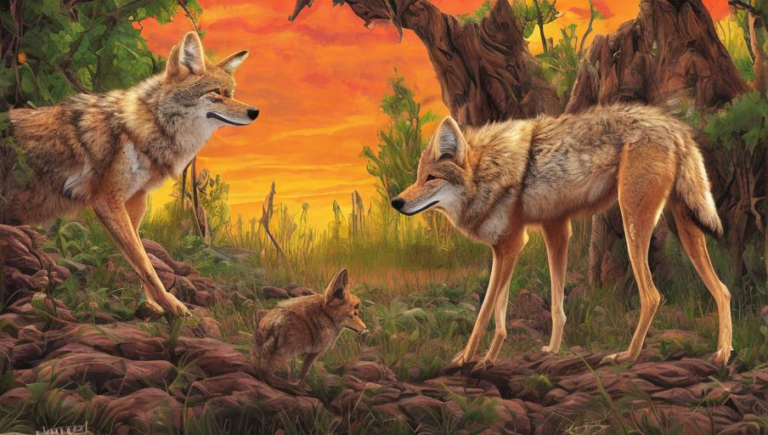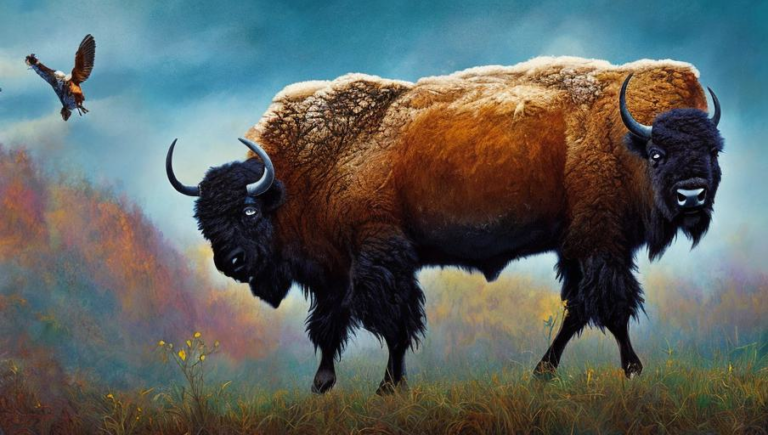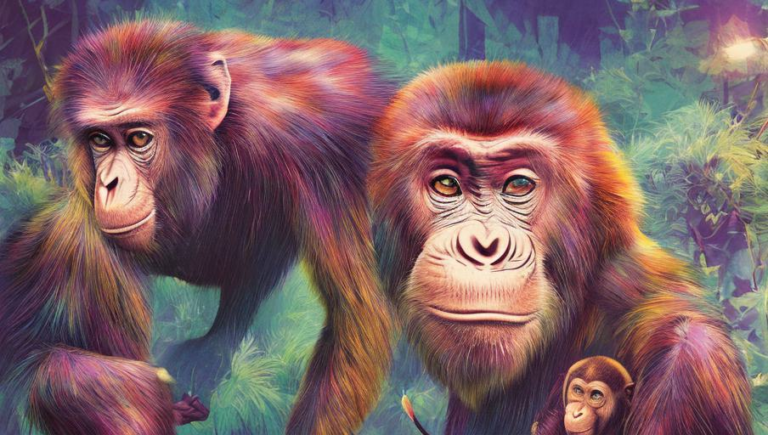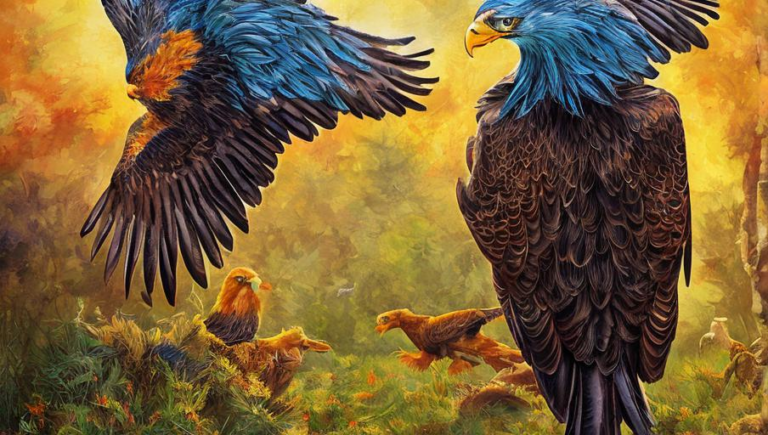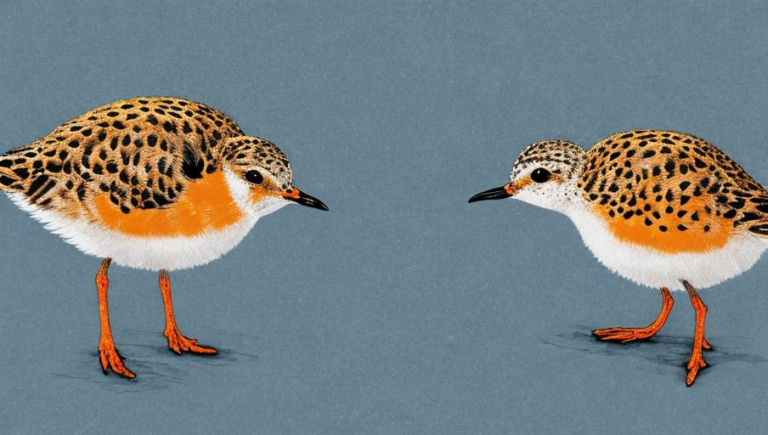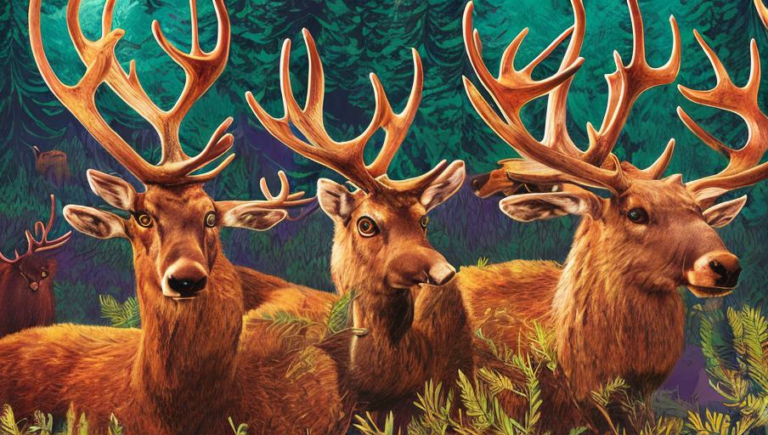Facts About the Capybara: Uncovering the Mysteries of This Unique Species
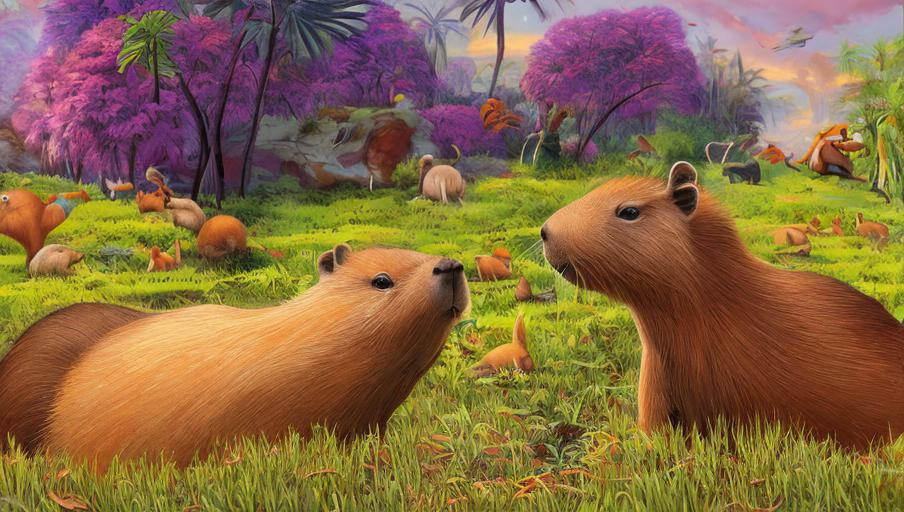
Introduction
The capybara is one of the most unique species in the world and often referred to as the world’s largest rodent. This semi-aquatic mammal lives in South America and is a popular pet in some parts of the world. With a body size and shape similar to a guinea pig, the capybara has a stocky build, a large head, and a thick coat of fur. They are often found in groups near water sources and are known for their friendly demeanor and social behavior. Let’s take a closer look at this fascinating creature and uncover some interesting facts about the capybara.
Habitat and Natural Diet
Capybaras can be found in a variety of habitats throughout South America, including the Amazon rainforest, grasslands, and woodlands. They prefer areas near bodies of water and can often be seen swimming or wallowing in the mud. They are herbivores and feed on grasses, aquatic plants, and fruit. They also eat their own dung, which is rich in B vitamins and helps them to digest their food more efficiently.
Social Structure and Behavior
Capybaras are highly social creatures and live in groups of up to 20 individuals. These groups are led by a dominant male and typically consist of several females and their young. They communicate with one another through a series of vocalizations and body language. They are also very territorial and will defend their territory from other capybaras or predators. Capybaras are also known for their playful behavior, often running and chasing one another, and for their ability to remain submerged underwater for up to five minutes.
Reproduction and Life Cycle
Capybaras typically mate during the wet season and the gestation period lasts for about 130 days. Once the female gives birth, the young are weaned off their mother’s milk after two months. The young are able to reproduce at two years of age, and the average lifespan of a capybara is around 10 years. They are considered to be sexually mature at around four years of age.
Threats and Conservation
Capybaras are hunted for their meat and fur in some parts of South America. They are also threatened by loss of habitat due to deforestation and development. Fortunately, they are currently listed as a species of least concern by the IUCN Red List of Threatened Species. Conservation efforts are underway to protect their remaining habitats and to limit hunting of the species.
Conclusion
The capybara is a fascinating species with many interesting characteristics. They are highly social, live in large groups, and have a unique physiology that allows them to remain submerged in water for extended periods of time. They are also threatened by hunting and habitat loss, but conservation efforts are helping to protect them and their habitats. With more research and education about this unique species, we can work to ensure that the capybara remains a part of the South American landscape for years to come.
